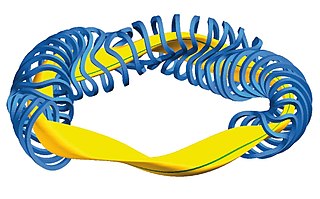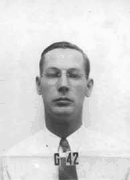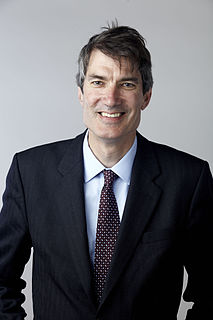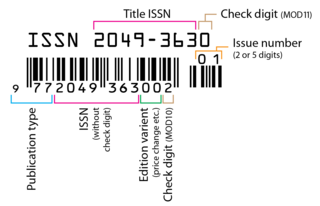| Stephen F. Paul | |
|---|---|
| Born | November 13, 1953 |
| Died | September 15, 2012 (aged 58) |
| Citizenship |
|
| Alma mater |
|
| Known for |
|
| Scientific career | |
| Fields | Physics, Chemistry |
| Institutions | |
| Doctoral advisor | Prof. Bob Gross |
| Notable students | |
Stephen F. Paul (November 13, 1953 – September 15, 2012) was a physicist at the Princeton Plasma Physics Laboratory at Princeton University. He created and patented the P-series fuels, a new, liquid, renewable, non-petroleum gasoline formulation. He was in the process of converting an unused sludge plant in Trenton, NJ to process organic waste for fuel before he died.

Princeton Plasma Physics Laboratory (PPPL) is a United States Department of Energy national laboratory for plasma physics and nuclear fusion science. Its primary mission is research into and development of fusion as an energy source.

Princeton University is a private Ivy League research university in Princeton, New Jersey. Founded in 1746 in Elizabeth as the College of New Jersey, Princeton is the fourth-oldest institution of higher education in the United States and one of the nine colonial colleges chartered before the American Revolution. The institution moved to Newark in 1747, then to the current site nine years later, and renamed itself Princeton University in 1896.
P-series fuels are a family of renewable, non-petroleum, liquid fuels that can substitute for gasoline. The blend of methyl tetrahydrofuran (MTHF), ethanol, and hydrocarbon constitute the P-series fuel.
Contents
He lived in New Jersey with his wife. He had three grown children.

New Jersey is a state in the Mid-Atlantic region of the Northeastern United States. It is a peninsula, bordered on the north and east by the state of New York, particularly along the extent of the length of New York City on its western edge; on the east, southeast, and south by the Atlantic Ocean; on the west by the Delaware River and Pennsylvania; and on the southwest by the Delaware Bay and Delaware. New Jersey is the fourth-smallest state by area but the 11th-most populous, with 9 million residents as of 2017, and the most densely populated of the 50 U.S. states; its biggest city is Newark. New Jersey lies completely within the combined statistical areas of New York City and Philadelphia and was the second-wealthiest U.S. state by median household income as of 2017.
He had a BS from Cornell University and received his master's degree and PhD from Columbia University.
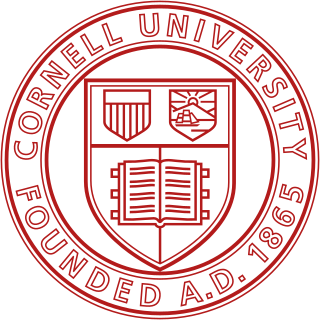
Cornell University is a private and statutory Ivy League research university in Ithaca, New York. Founded in 1865 by Ezra Cornell and Andrew Dickson White, the university was intended to teach and make contributions in all fields of knowledge—from the classics to the sciences, and from the theoretical to the applied. These ideals, unconventional for the time, are captured in Cornell's founding principle, a popular 1868 Ezra Cornell quotation: "I would found an institution where any person can find instruction in any study."

Columbia University is a private Ivy League research university in Upper Manhattan, New York City. Established in 1754, Columbia is the oldest institution of higher education in New York and the fifth-oldest institution of higher learning in the United States. It is one of nine colonial colleges founded prior to the Declaration of Independence, seven of which belong to the Ivy League. It has been ranked by numerous major education publications as among the top ten universities in the world.
